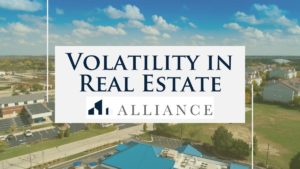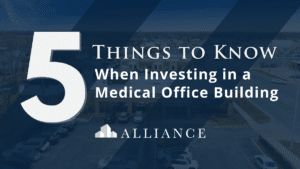Many Companies Are Ignoring a Big Risk
Long term investing is all about risk assessment. Many companies, particularly public ones, are overlooking something important. Risks of a changing climate may be altering the risk profiles of companies physical property and supply chains. More impactful floods, draughts, and hurricanes are different kinds of risk than businesses usually focus on, but its risk profile is increasing, and investors should be paying attention.
It’s hard to criticize company executives for focusing on more traditional risks. In any given year, competition, changing consumer preferences, strategic initiatives, battle for talent, etc. are probably all bigger threats to their growth than weather. Many companies also carry insurance policies to help offset the danger of storms and other weather-related problems. Insurance is certainly part of the answer, but often doesn’t cover the risks sufficiently.
The risk of a major disruption to physical properties or supply chains is growing, but insurance coverage is unlikely to really offset the heavy costs of a business disruption. Getting a building fixed up is great, but what about the risk of lost business? Relationships can be harder to repair than properties, and a major supply chain disruption can force a loyal customer to look elsewhere.
Public markets tend to focus on quarterly earnings. That rewards companies for short term performance and punishes them for the kind of redundancy and risk mitigation that often makes a company resilient long term. Risk mitigation initiatives cost money, and that comes straight off the bottom line. Lower profits mean lower share prices, and from that perspective, executives who ignore climate risk are acting rationally to maximize shareholder value. But investors can take a different view.
Those of us who are focused on investing are used to thinking about risk in a broader sense. Location, building materials, and slack in a supply chain are all important factors that can offset the risk of a catastrophic business disruption. When Alliance considers buying a property, for example, the dangers of floods, wind, etc. are always a part of our calculations. That’s what we do. You could say that Alliance is in the business of investing, but most companies simply invest for their business. These different perspectives lead to different results.
Public companies want to protect their shareholders, but what that actually means is open to interpretation. Trading off higher ROI now against the danger of a major failure in the long run involves an endless series of hard choices for business executives.
In many ways, it’s up to investors to help make those choices by consciously choosing where to invest and exercising their voting rights. I don’t know if there’s a right answer, but I see good reason to look beyond the standard kind of risk-assessment that largely ignores climate. There may be a real opportunity there for investors who want more long-term risk mitigation in their portfolios.



